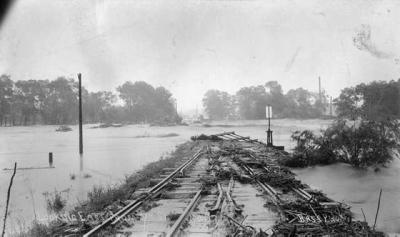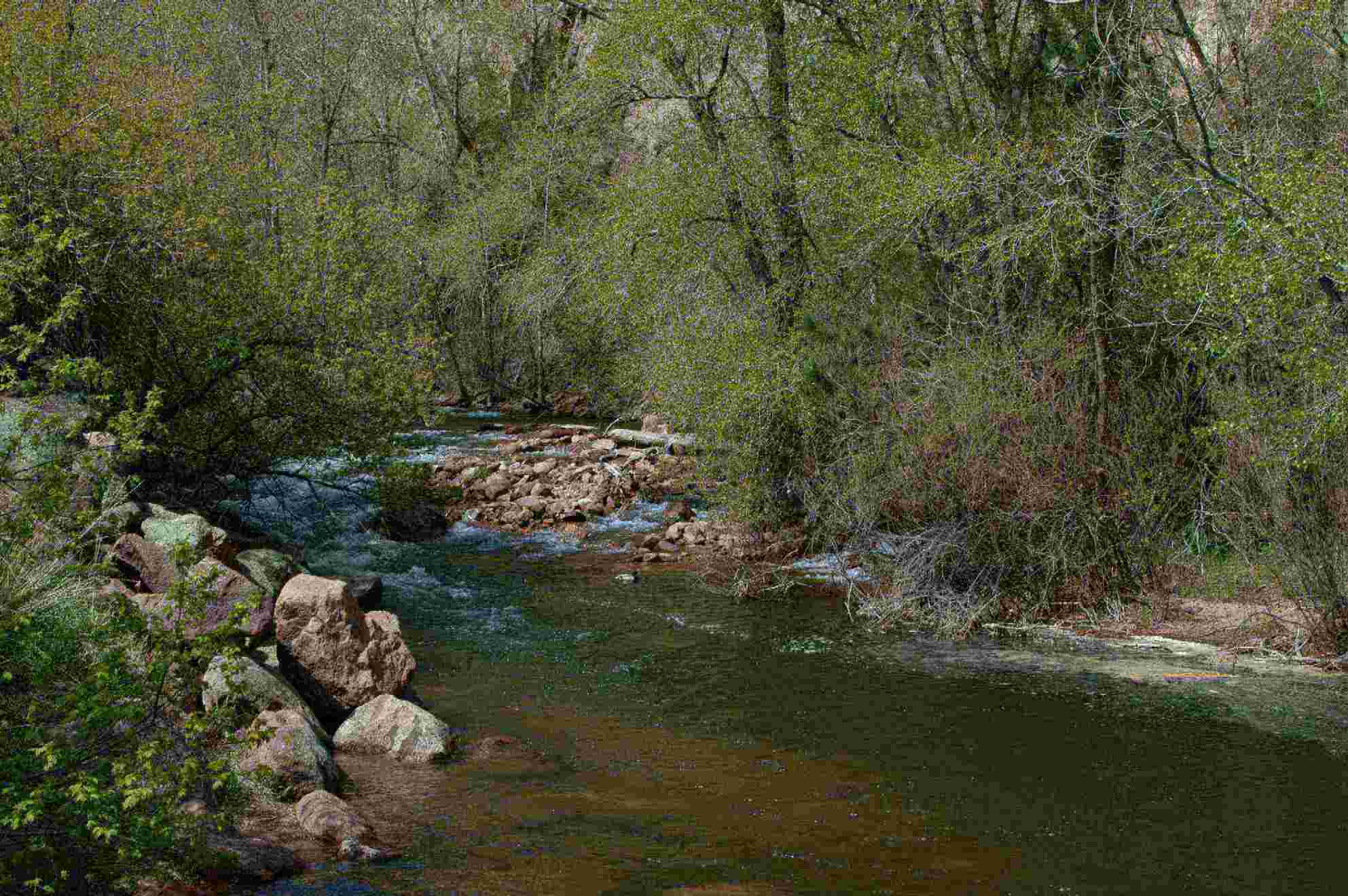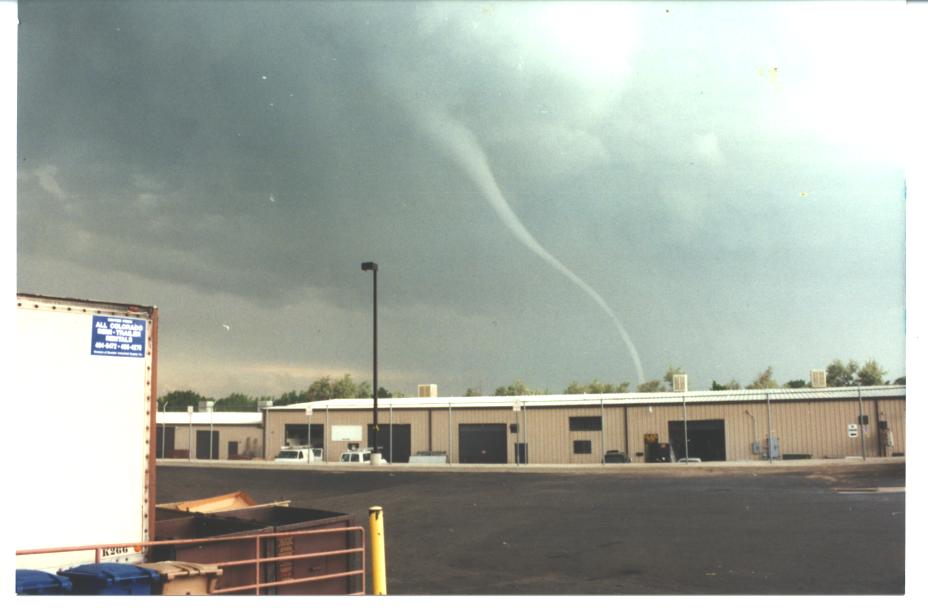Boulders Fluvial landscape includes that of Boulder Creek and its tributaries as well as Four Mile Creek that have flourish for many years. Both Boulder Creek and Four Mile have Perennial flows, with large amounts of dissolved loads. In the wet seasons with the most runoff they receive suspended loads as well. With both there main sources being that of snow melt and reservoir runoff the water flow can be massive. These rivers since running for hundreds of years have left V-shaped valleys that formed by the fluvial erosion. After Boulder experienced their 100-year flood in 1894 Barker Dam was built to prevent further flooding but has yet to stop some of the smaller floods experienced from overwhelming snow melting.
*100-year flood in Boulder, on 7th street downtown
This semi-arid region contains vast amounts of Evergreens located primarily in the foothills and along the flatirons, not as present in the plains. Though the Pine Beetle is killing off a great amount of the population in the Rockies. Deciduous trees thrive in this climate because of the mild weather that we experience and their ability to store all their nutrients in their bark with little disturbance by the cold weather in the winters.

*Diciduous Trees in the midst of winer; Boulder, CO






